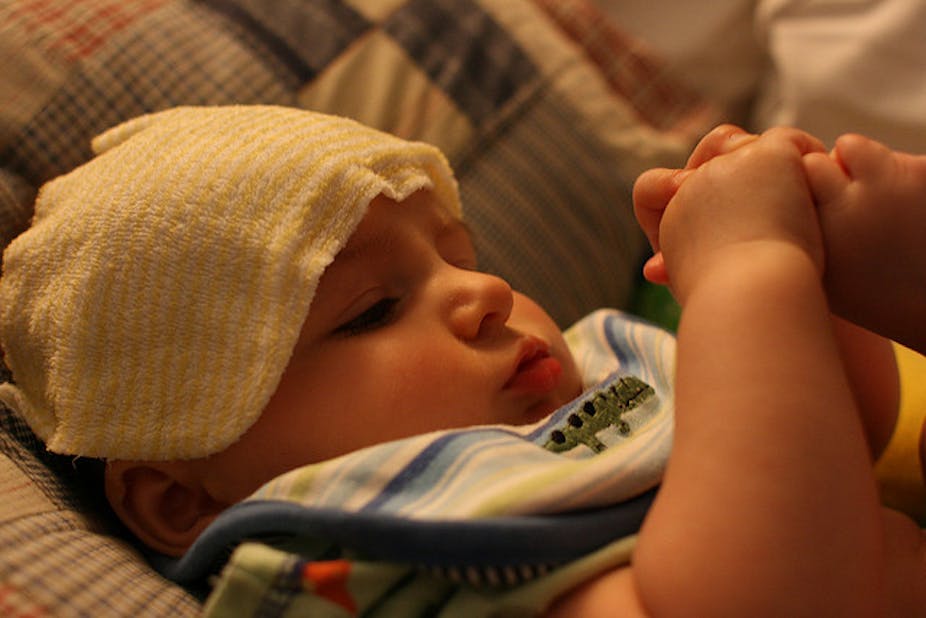Any parent can tell you that infant teething makes for a trying time. Restless nights, feeding problems and irritability can all be part and parcel when an intant’s baby teeth erupt through their gums.
Baby teeth (also known as milk or deciduous teeth) begin to form very early in the pregnancy – about eight weeks after conception. By the time the baby is born, all 20 teeth are present in her jawbone.
These teeth begin pushing up through the gum tissue when the child is around six months old. By age three, most children will have their full set of baby teeth.
Deciduous teeth allow the child to begin the process of digestion by grinding solid food up before it’s swallowed.
They also reserve the space for the child’s adult teeth and if extracted early – due to dental decay, for instance – the resulting space loss can cause misalignment or crowding of permanent teeth.
Children’s symptoms during teething vary greatly. Some won’t react at all, but most will develop swollen gums, red cheeks and will dribble excessively.
Parents often blame a range of illnesses on teething. A study from the Royal Children’s Hospital in Victoria found that 70% to 85% of Australian parents believed teething caused a wide variety of health problems including fevers.
But several studies that followed children through the teething process found no measurable change in temperature on the day a tooth erupts or in the three days leading up to this.
The fever myth has a lot to do with the age that teething takes place. The six-months to three-year age range is also associated with an increase in minor infections such as colds or bouts of the flu, which can cause a fever.
Fevers occur when the child’s temperature rises above 38°C and can be the sign of a infection. If your child has a temperature of 39°C or above, this could indicate a serious infection so see your health professional immediately for advice.
So what’s the best way for parents to deal with a teething child?
It’s normal for the child to be a little uncomfortable and these minor symptoms usually subside within week. They may benefit from biting on something hard and smooth like a teething ring.
Teething gels, which contain topical anaesthetic, can be applied on the baby’s gum to ease teething pain. But avoid using them before feeding because they can numb the baby’s tongue and can make sucking difficult.
It’s worth keeping in mind that some of the baby teeth will stay in their mouth until around until the age of 12 years before naturally falling out (or exfoliating).
So as soon a child’s first tooth emerges, you can gently brush their teeth to protect them from decay. Use a clean, damp face washer or a soft toothbrush and low fluoride toothpaste each day.
The infant teething process might result in a few dark circles under the eyes of new parents but rest assured the adult teething process will involve fewer tears. Unless, of course, the tooth fairy fails to show.

